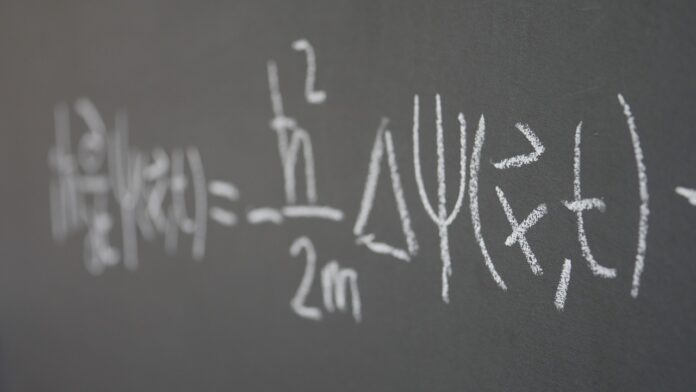In the intricate realm of quantum mechanics, where particles behave in perplexing ways, a captivating phenomenon takes center stage—quantum interference. Rooted in the interplay of probability amplitudes, quantum interference reveals the complex nature of quantum systems and shapes their behavior. In this article, we embark on a journey into the depths of quantum interference, exploring its underlying principles, its manifestations, and the profound impact it has on our understanding of the quantum world.
The Dance of Probability Amplitudes
At the heart of quantum interference lies the concept of probability amplitudes, which describe the likelihood of a quantum system transitioning from one state to another. Unlike classical probabilities, which range from 0 to 1, probability amplitudes encompass a wider range of complex numbers, including negative values.
These probability amplitudes are encoded in the wavefunction—a mathematical representation that encapsulates all possible states of a quantum system. Through a process called superposition, particles can exist in a combination of states simultaneously, with each state contributing its own probability amplitude to the overall wavefunction.
Interference: The Concert of Probabilities
Quantum interference occurs when the wavefunctions of different states overlap and interfere with each other. This interference can be constructive or destructive, depending on the relative phases and amplitudes of the contributing states.
Constructive interference leads to an amplification of probabilities, resulting in enhanced chances of specific outcomes. Destructive interference, on the other hand, causes the cancellation of probabilities, leading to a suppression of certain outcomes.
The interplay of constructive and destructive interference shapes the probability distribution of measurement outcomes, giving rise to unique interference patterns that are characteristic of quantum systems.
The Double-Slit Experiment: A Manifestation of Interference
The iconic double-slit experiment serves as a powerful illustration of quantum interference. In this experiment, particles, such as electrons or photons, are fired at a barrier containing two slits. Behind the barrier, a screen captures the pattern of particles that pass through the slits.
In the classical world, one would expect to observe two distinct bands on the screen corresponding to the two slits. However, in the quantum realm, an astonishing phenomenon unfolds. When particles are sent individually through the slits, an interference pattern emerges on the screen—a series of light and dark bands indicative of wave-like behavior.
This interference pattern arises from the superposition of different paths that particles can take to reach the screen. Each path contributes a probability amplitude, and the interplay of these amplitudes gives rise to the observed interference pattern.
Applications of Quantum Interference
The understanding and manipulation of quantum interference have far-reaching implications in various fields:
-
Quantum Computing: Quantum interference lies at the heart of quantum computing, where quantum bits (qubits) exploit the principles of superposition and interference to perform powerful computations. Interference allows for complex computations to be carried out in parallel, promising exponential speedup compared to classical computers.
-
Quantum Sensing: Quantum interference plays a crucial role in quantum sensing and metrology. By exploiting the sensitivity of interference patterns to small perturbations, quantum sensors can achieve unparalleled precision in measurements, with applications ranging from gravitational wave detection to magnetic field mapping.
-
Quantum Communication: Quantum interference enables secure communication protocols, such as quantum key distribution, by ensuring that eavesdropping attempts disrupt the interference pattern, alerting the legitimate parties to the presence of an intruder.
-
Quantum Imaging: Quantum interference techniques, such as quantum ghost imaging and quantum lithography, leverage the unique properties of quantum interference to achieve high-resolution imaging and lithographic capabilities that surpass classical limits.
The Dance of Quantum Possibilities
Quantuminterference serves as a reminder of the intricate and awe-inspiring nature of the quantum world. It showcases the delicate balance between different possibilities, where probability amplitudes intertwine and create patterns that defy classical understanding.
The exploration of quantum interference not only deepens our understanding of the quantum realm but also offers practical applications in fields such as computing, sensing, communication, and imaging. By harnessing the interplay of probability amplitudes, scientists and engineers are pushing the boundaries of what is possible, unlocking the transformative potential of quantum technologies.
As we continue to unravel the mysteries of quantum interference, we witness the elegant dance of quantum possibilities. The interplay of probability amplitudes shapes the fabric of quantum systems, revealing the rich tapestry of the quantum world. Quantum interference stands as a testament to the remarkable power and beauty that lies within the intricacies of quantum mechanics, forever challenging our preconceptions and reshaping our understanding of the fundamental nature of reality.




